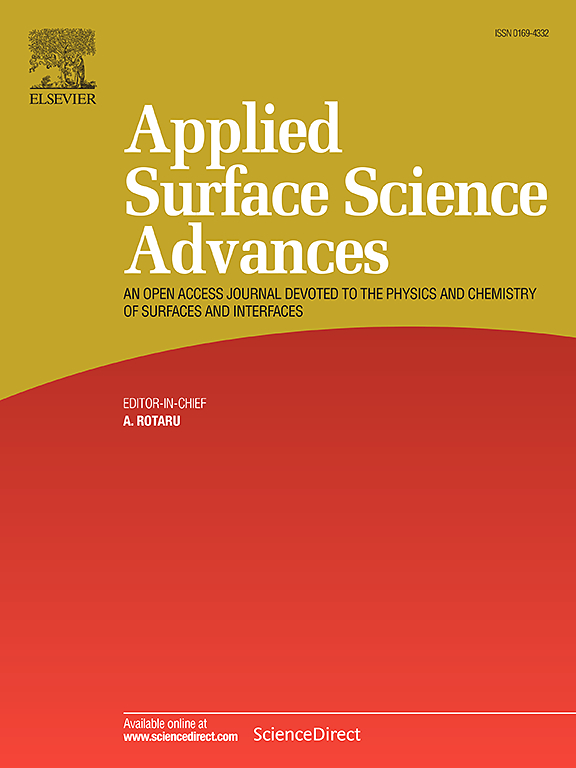Thickness-dependent structural evolution and quantum transport properties of Bi2Se3 thin films grown by thermal evaporation
IF 8.7
Q1 CHEMISTRY, PHYSICAL
引用次数: 0
Abstract
Bismuth selenide (Bi2Se3) is a prototypical topological insulator that exhibits robust surface states with spin-momentum locking and high carrier mobility, making it a key material for quantum and spintronic applications. We systematically investigated the thickness-dependent morphological evolution and quantum transport properties of Bi2Se3 thin films grown by a two-step thermal evaporation method. Films with thicknesses of 3–80 quintuple layers (QL) were deposited under high vacuum and annealed at 200 °C. Ultrathin films (≤ 9 QL) exhibited island-like discontinuous morphology and high resistance, while thicker films (> 9 QL) formed continuous, c-axis-oriented crystalline layers with enhanced smoothness and conductivity. The highest Raman peak intensity was obtained for the 9-QL film due to enhanced electron-phonon coupling, suggesting that 9 QL is the critical thickness for coherent phonon and carrier behavior. Magnetotransport measurements revealed weak antilocalization at low fields and an increasing contribution from bulk transport channels at high fields in thicker films. These findings provide insights into the nucleation-to-coalescence transition of layered Bi2Se3 films and establish 9–40 QL as the optimal thickness range for accessing topological surface transport in quantum devices.
热蒸发生长Bi2Se3薄膜厚度相关的结构演化和量子输运性质
硒化铋(Bi2Se3)是一种典型的拓扑绝缘体,具有强大的表面态,具有自旋动量锁定和高载流子迁移率,使其成为量子和自旋电子应用的关键材料。我们系统地研究了用两步热蒸发法生长的Bi2Se3薄膜的厚度依赖性形态演化和量子输运性质。在高真空条件下沉积厚度为3 ~ 80层的五层薄膜,并在200℃下退火。超薄膜(≤9 QL)表现出岛状不连续的形貌和高电阻,而较厚的薄膜(> 9 QL)形成连续的、面向c轴的晶体层,具有增强的光滑度和导电性。由于电子-声子耦合增强,9-QL薄膜获得了最高的拉曼峰强度,这表明9-QL是相干声子和载流子行为的临界厚度。磁输运测量结果显示,在低场条件下,磁输运通道的反局域性较弱,而在高场条件下,磁输运通道对磁输运的贡献越来越大。这些发现为层状Bi2Se3薄膜的成核到聚结转变提供了见解,并确立了9-40 QL是在量子器件中获得拓扑表面输运的最佳厚度范围。
本文章由计算机程序翻译,如有差异,请以英文原文为准。
求助全文
约1分钟内获得全文
求助全文

 求助内容:
求助内容: 应助结果提醒方式:
应助结果提醒方式:


